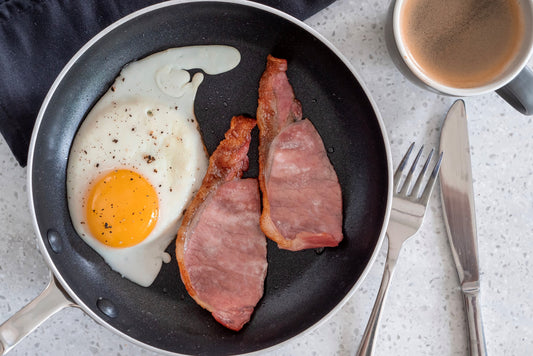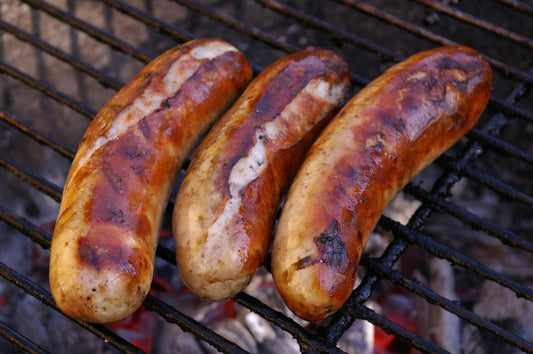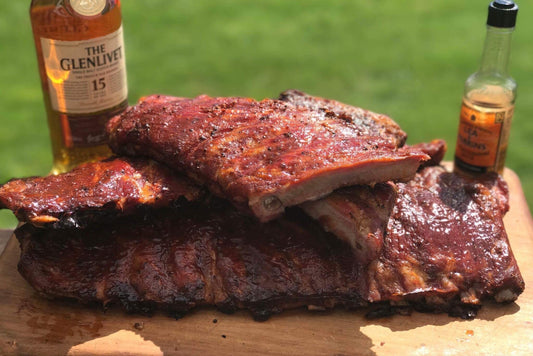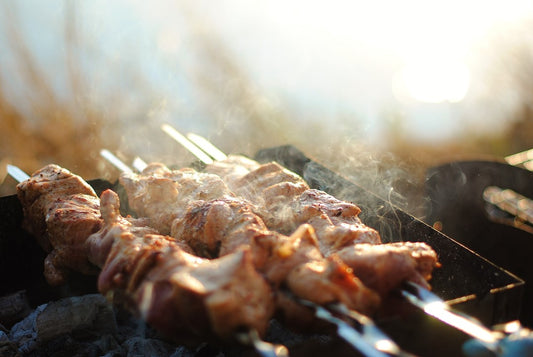Why It's Important to Store Your Meat Properly
It is always important to store meat safely in the fridge to avoid cross contamination. Cross contamination is the transfer of bacteria from raw foods to ready to eat foods which can result in food poisoning.
Ready to Eat Foods
All ready to eat foods are high risk foods and you should be careful about were they are stored in your fridge. If ready to eat foods get contaminated by raw foods (if anything drips on them for example), there is nothing we can do to make them safe to eat. This is mainly because they do not get cooked, and cooking is a great way to kill any bacteria that might be present on the surface of your meat.
Ready to eat foods like dairy products, ready prepared sandwiches, sauces and cooked meats should always be stored at the top of the fridge above raw foods so that nothing from the raw foods can drip onto them.
Raw Meat
The best place to store raw meats, poultry and fish is in the drawer at the bottom of your fridge so that it cannot leak or drip onto your ready to eat foods. It is often assumed that the bottom draw in a fridge should be used for keeping salad, but if you have raw meat in your fridge you should definitely not be storing any salad, or anything else that's ready to eat, underneath it. Basically it's a stupid idea to put a salad drawer at the bottom of a fridge. The best use for that drawer is to store raw meat. It's a meat drawer.
Ideally, your meat should be stored unopened in its original packaging, so you are aware of any use by dates or specific cooking instructions. If you only part use a packet and want to put some raw meat back in the fridge, make sure that you store it in a lidded container, are aware of the meats use by date, and are also aware of how long your meat should be kept once it has been opened. Most meats should be cooked within 1 - 3 days of opening, you will find specific information on your meats packaging.







